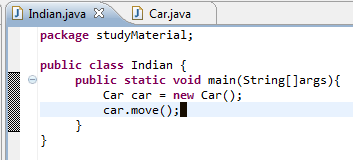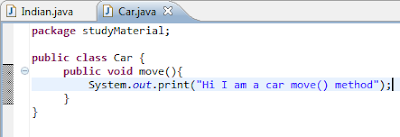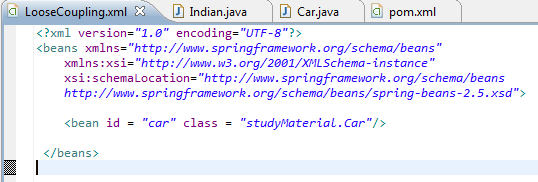Hi, Today we have a quick look on how our web servers really works.We started with a very simple example which we use daily. Nowdays we are using a client-server model for our web applications.Our client means browser request to server for a particular query and according to that our server responds. When we put a URL(Uniform Resource Locator ) in our browser than how it actually works?
We have our URL such as:
We have our URL such as:
http://www.google.com/index.html
Our web- browser divide that URL into three parts.
1. http: It is a protocol which provide connection between client and server. There are many more such as https for secure connection, ftp for file transfer,ftps for secure file transfer , mms for microsoft streaming and many more.
2.www.google.com: It is a address of the server by which our computer contacts when you try to access some information or a web page.
3.index.html: It is a resources which was requested by our computer.It is a particular web page.
So,when your type a URL and press enter than request is sent to the server in this manner.When server gets your request than usually server replies with HTML code.Our browser takes that HTML and interpreted with graphics and shows us the result.There are various server packages who serves for our web pages such as Apache.Our browser sends a standard request to server and our server serves according to the request in standard manner. Here we discuss about HTML respond which is static in nature but it could be a dynamic such as php,jsp etc.



















